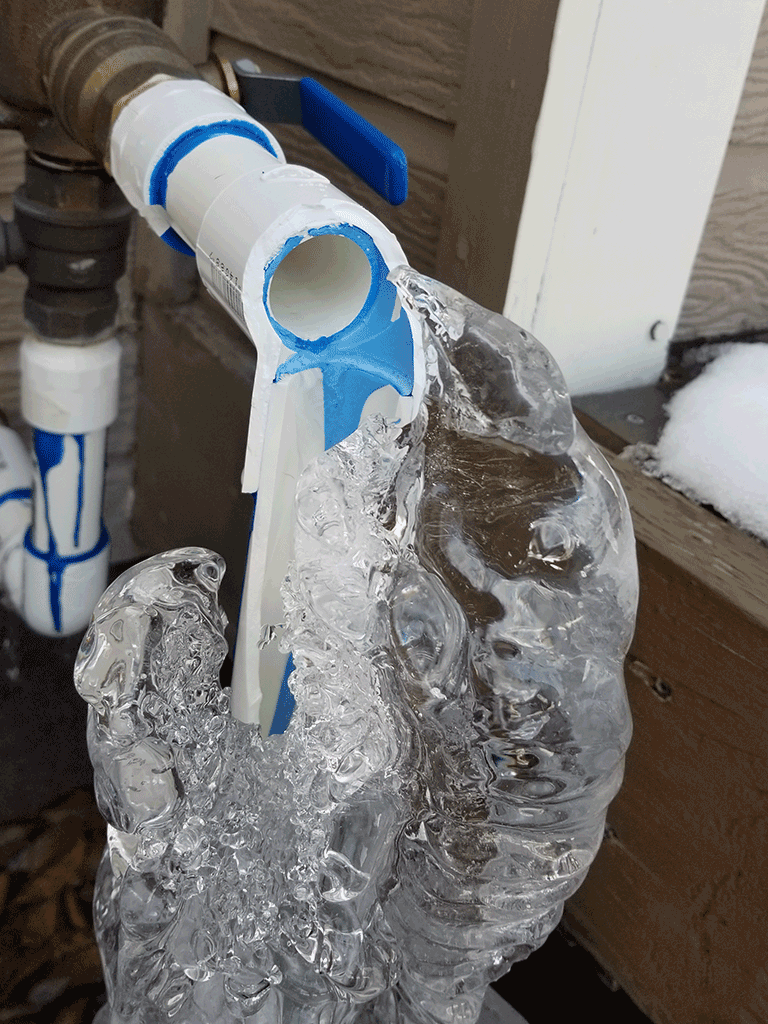Avoiding Frozen Plumbing in Winter: Professional Strategies
Avoiding Frozen Plumbing in Winter: Professional Strategies
Blog Article
This article directly below relating to Prevent Frozen Pipes is definitely intriguing. Don't bypass it.

Winter can wreak havoc on your plumbing, specifically by freezing pipes. Here's exactly how to stop it from occurring and what to do if it does.
Introduction
As temperature levels drop, the risk of icy pipelines rises, potentially causing pricey fixings and water damage. Understanding how to avoid frozen pipes is vital for home owners in chilly environments.
Comprehending Frozen Pipes
What causes pipelines to freeze?
Pipelines freeze when subjected to temperatures listed below 32 ° F (0 ° C) for expanded durations. As water inside the pipes freezes, it increases, taxing the pipe wall surfaces and potentially creating them to break.
Dangers and problems
Frozen pipelines can lead to water supply disruptions, building damage, and expensive repairs. Burst pipelines can flooding homes and create considerable structural damage.
Signs of Frozen Pipes
Determining icy pipes early can avoid them from breaking.
How to determine icy pipelines
Search for lowered water circulation from taps, unusual odors or noises from pipes, and noticeable frost on revealed pipelines.
Avoidance Tips
Insulating susceptible pipelines
Wrap pipes in insulation sleeves or utilize warm tape to secure them from freezing temperature levels. Concentrate on pipes in unheated or exterior locations of the home.
Heating methods
Keep interior spaces appropriately warmed, specifically locations with pipes. Open cupboard doors to enable warm air to circulate around pipelines under sinks.
Securing Outdoor Plumbing
Garden hose pipes and outside faucets
Disconnect and drain garden hoses prior to winter months. Mount frost-proof faucets or cover exterior taps with shielded caps.
What to Do If Your Pipes Freeze
Immediate activities to take
If you think icy pipelines, maintain faucets available to soothe stress as the ice thaws. Use a hairdryer or towels soaked in warm water to thaw pipelines slowly.
Long-Term Solutions
Structural adjustments
Take into consideration rerouting pipelines away from exterior wall surfaces or unheated areas. Include extra insulation to attics, cellars, and crawl spaces.
Upgrading insulation
Purchase high-quality insulation for pipelines, attics, and wall surfaces. Correct insulation assists keep regular temperature levels and lowers the threat of icy pipes.
Final thought
Stopping icy pipelines needs aggressive procedures and fast actions. By comprehending the causes, signs, and preventive measures, homeowners can safeguard their plumbing during cold weather.
5 Ways to Prevent Frozen Pipes
Drain Outdoor Faucets and Disconnect Hoses
First, close the shut-off valve that controls the flow of water in the pipe to your outdoor faucet. Then, head outside to disconnect and drain your hose and open the outdoor faucet to allow the water to completely drain out of the line. Turn off the faucet when done. Finally, head back to the shut-off valve and drain the remaining water inside the pipe into a bucket or container. Additionally, if you have a home irrigation system, you should consider hiring an expert to clear the system of water each year.
Insulate Pipes
One of the best and most cost-effective methods for preventing frozen water pipes is to wrap your pipes with insulation. This is especially important for areas in your home that aren’t exposed to heat, such as an attic. We suggest using foam sleeves, which can typically be found at your local hardware store.
Keep Heat Running at 65
Your pipes are located inside your walls, and the temperature there is much colder than the rest of the house. To prevent your pipes from freezing, The Insurance Information Institute suggests that you keep your home heated to at least 65 degrees, even when traveling. You may want to invest in smart devices that can keep an eye on the temperature in your home while you’re away.
Leave Water Dripping
Moving water — even a small trickle — can prevent ice from forming inside your pipes. When freezing temps are imminent, start a drip of water from all faucets that serve exposed pipes. Leaving a few faucets running will also help relieve pressure inside the pipes and help prevent a rupture if the water inside freezes.
Open Cupboard Doors
Warm your kitchen and bathroom pipes by opening cupboards and vanities. You should also leave your interior doors ajar to help warm air circulate evenly throughout your home.

Hopefully you enjoyed our topic on Preventing and dealing with frozen pipes. Thanks a lot for taking time to browse our blog post. If you enjoyed reading our blog post please remember to share it. Thanks for going through it.
Book An Estimate Now Report this page